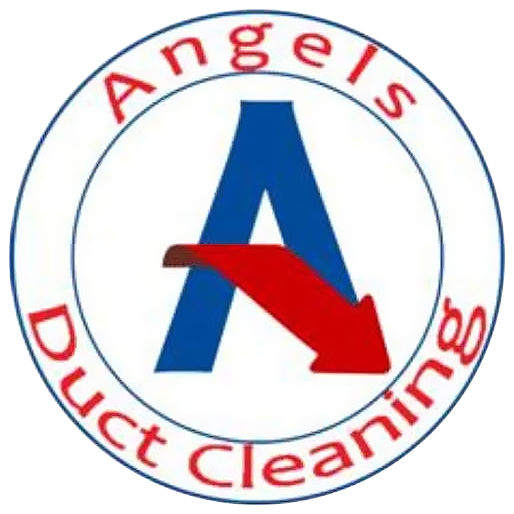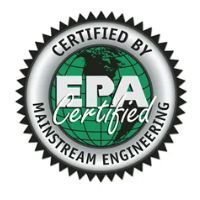Tips for Residential Air Duct Maintenance
Keeping your air ducts clean can give you cleaner indoor air. Regardless of whether you have an expert to deal with it or you do it yourself, some simple air duct maintenance tips can remove the contamination of your air vents.
Air duct maintenance concentrates on two aspects, decreasing the volume of outside particles such as pollen rodent droppings, insects & their droppings, which advances into your air vents heating and cooling system and preventing moisture from getting into the air ducts.
Tips to reduce the volume of dust & debris in your heating & cooling system:
- Efficient Air Filter – Use the air filter with highest efficiency that you can afford as suggested by the manufacturer of your HVAC system.
- Replace Your Air Filter Regularly – Now the question arises how frequently? The answer is dependent on where you live, whether you have a pet, how often your system is used and if anybody smokes in the home.
- Place Them Right – Be sure that every filter is set up in right place and they fit properly to prevent air from getting around the filters.
- Put Technician Skills to Use – Anytime you have your heating & cooling system serviced, have the technician clean the coils and drain pans.
- Precaution During Renovation – Do not operate your HVAC system and block the return and supply vents throughout at the time when any significant home renovations are being done because it generates a large amount of dust.
- Highly Efficient System – Dust and vacuum your house frequently. If at all possible use a high efficiency (HEPA) vacuum along the highest efficiency filter within your budget.
How the Moisture impacts your system?
Moisture in your air ducts is never a good thing. It can bring about mold, microbes and fungi growth which may cause health issues. Moisture in air ducts is not a rare thing and is caused by HVAC system or by other elements such as leaky pipes or leaks in your roof.
Research shows that condensation near or on cooling coils of air conditioning system is a major contributor of moisture in air ducts. Condensation is normal and is produced when the temperature of air in the heating & cooling system is below the dew point temperature of encompassing air. If new systems are operated properly, they have features to evacuate this condensation without contaminating the duct work.
Improperly installed cooling and heating systems, incorrectly serviced systems and malfunctioning systems can lead to damage related to condensation.
What you can do to prevent your system from getting wet:
- Repair all water leaks and water damage immediately and completely.
- Cooling coils, while operating properly, expel water from the air and drain pans evacuate the moisture from the system. Both coils and drain pain ought to be reviewed on a regular basis.
- Air ducts ought to be sealed and protected when they are in regions which are not cooled, for example, attics, crawl spaces or garages. This helps reduce condensation by decreasing the temperature variation between the air inside the ducts and the air directly next to the air duct.
- If you are supplanting your air conditioner, make sure the new air conditioner is coordinated to your home size. An air conditioner which is over sized will cycle on and off more frequently which lessens its ability to remove moisture from the air.
Holding up to get your air ducts cleaned until there is an issue such as mold being present often times implies family members have already been exposed to the health hazard. This is why regular air duct maintenance is important, either by an expert air duct cleaner or by preventative maintenance taken by the homeowner.




Share On: